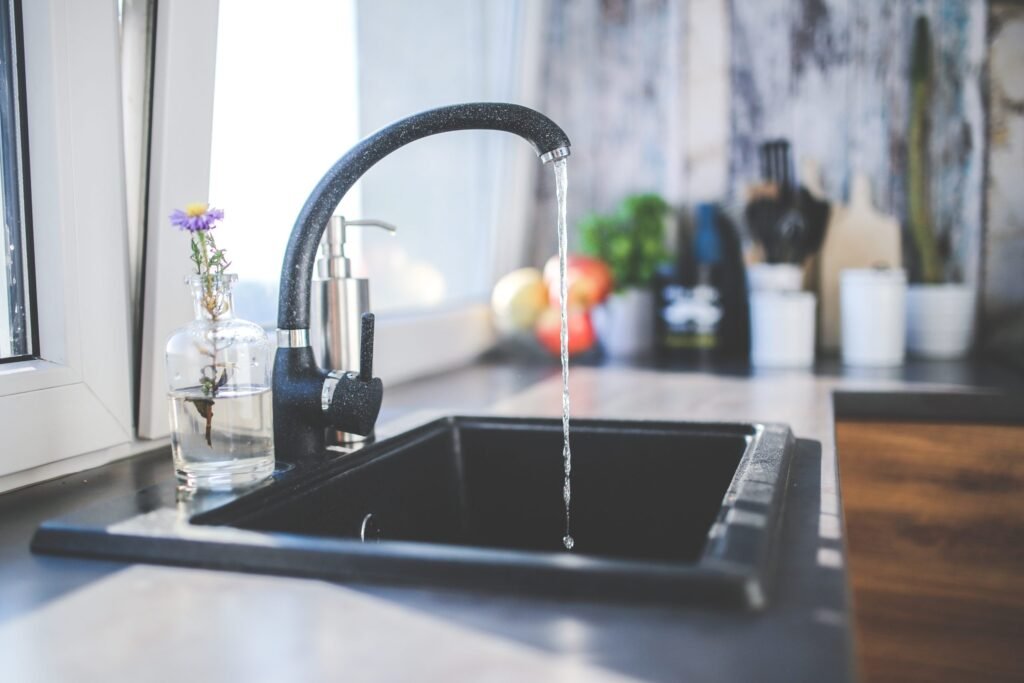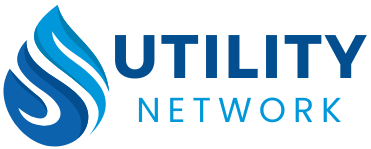New Water Connection Services
New Water Connection services involve establishing access to a public water supply for residential, commercial, or industrial properties. The process ensures that the property is connected to the municipal or local water supply system, and involves several steps, from application to installation.
Application Process
- Submission of Application: The first step is to apply for a new water connection with the local water utility provider. Applications are usually submitted online, by mail, or at the utility’s service office.
- Required Documents:
- Proof of identity (e.g., national ID, passport).
- Proof of property ownership or a lease agreement.
- Building permits or occupancy certificates.
- Property layout or site plan (if applicable for larger properties).
- Previous water connection information (if reconnection is needed).

Site Inspection and Feasibility Study
- Site Visit: The water utility company typically sends an inspector to the property to:
- Assess the feasibility of connecting the property to the water network.
- Identify the nearest water mains or supply point.
- Determine the necessary equipment and pipeline route.
- Technical Evaluation: For large projects (commercial or industrial), a more detailed technical evaluation may be required to determine water pressure, pipe size, and flow rate needed for the specific usage.
Cost Estimate and Payment
- Connection Fees: Based on the inspection and evaluation, the utility provides an estimate for connection costs. These may include:
- Cost of digging trenches and laying pipes from the main water line to the property.
- Installation of water meters.
- Infrastructure or upgrade fees (if the existing network needs modifications).
- Security Deposit: Some water utilities require a security deposit before initiating the connection process, particularly for non-residential customers.
Technical Planning and Design
- Pipe Installation Plan: The utility company engineers create a design plan for installing pipes, fittings, and meters. This plan ensures that the connection meets local water distribution regulations and codes.
- Excavation and Pipe Laying: For properties that require a new connection to the main water line, excavation work may be needed to lay pipes.
- Residential Properties: Simple connections usually involve laying a pipe from the main line to the property boundary.
- Commercial and Industrial Properties: Larger projects may require extensive pipework, backflow prevention devices, and water tanks to meet increased demand.
Installation of Water Meters
- Meter Setup: A water meter is installed at the property, typically at the boundary between public and private land. The meter records the amount of water used and is key for accurate billing.
- Regulator and Valves Installation: In some cases, pressure regulators or valves are installed to control water flow and prevent issues like backflow.
Testing and Compliance
- Leak Testing: The new water connection undergoes leak testing to ensure that there are no issues in the pipeline or at connection points.
- Regulatory Compliance: The installation is inspected to verify compliance with local building codes, water safety regulations, and environmental standards.
- Cross-Connection Control: Ensuring no cross-connection between potable water and other water sources (e.g., irrigation systems) is critical to prevent contamination.
- Quality Testing: In some cases, the water supply quality is tested to ensure it meets safety standards for drinking water.
Water Connection Activation
- Once the installation is complete and testing is successful, the water supply is activated. The customer is informed about the proper use of the water system and meter reading.
- Water Pressure Check: The utility checks the water pressure at the connection point to ensure it meets the required standards.
Billing and Payment
- Metered Billing: Water bills are generated based on the readings from the water meter, with charges based on usage.
- Payment Options: Customers can choose from several payment methods, including online portals, direct bank transfers, or in-person payments at authorized locations.
- Tariffs: Different rates may apply for residential, commercial, or industrial users. Some water utilities offer tiered pricing based on water consumption levels.
Ongoing Maintenance and Support
- Regular Maintenance: The water utility maintains the main pipeline and meters, ensuring the continued safe supply of water. Customers are typically responsible for maintaining internal plumbing.
- Customer Service: Water utility companies provide support for billing inquiries, supply interruptions, and service repairs. Emergency services are available for issues such as water leaks or pipeline bursts.
Special Considerations
- Rural or Remote Areas: Properties in remote or rural areas may face higher costs and longer timelines, as the main water supply may need to be extended.
- Temporary Water Connections: In some cases, temporary water connections can be provided for construction sites or events.
- Water Conservation Regulations: Some regions have specific requirements for water conservation and may require the installation of water-efficient fixtures or rainwater harvesting systems.
- Environmental Impact Assessments: For large developments, an environmental impact assessment may be necessary to determine the impact of the water connection on local resources.
Disconnection and Reconnection
- Disconnection Process: If the customer no longer requires the water connection (e.g., due to moving or property sale), the utility can disconnect the service. Disconnection may also occur for non-payment.
- Reconnection: If a previous connection was disconnected, the customer can apply for reconnection. This often involves paying a reconnection fee and any outstanding balances.
Additional Services
- Sewage and Wastewater Services: New water connections often come with sewer or wastewater connection options, especially for urban areas. The sewer system may be connected to the municipal wastewater treatment plant.
- Fire Hydrant Installation: For large developments or industrial properties, the utility may install fire hydrants as part of the new water connection, especially in areas requiring fire safety measures.
The entire process for establishing a new water connection may take from a few days to several weeks, depending on the property location, complexity of installation, and local regulations.

